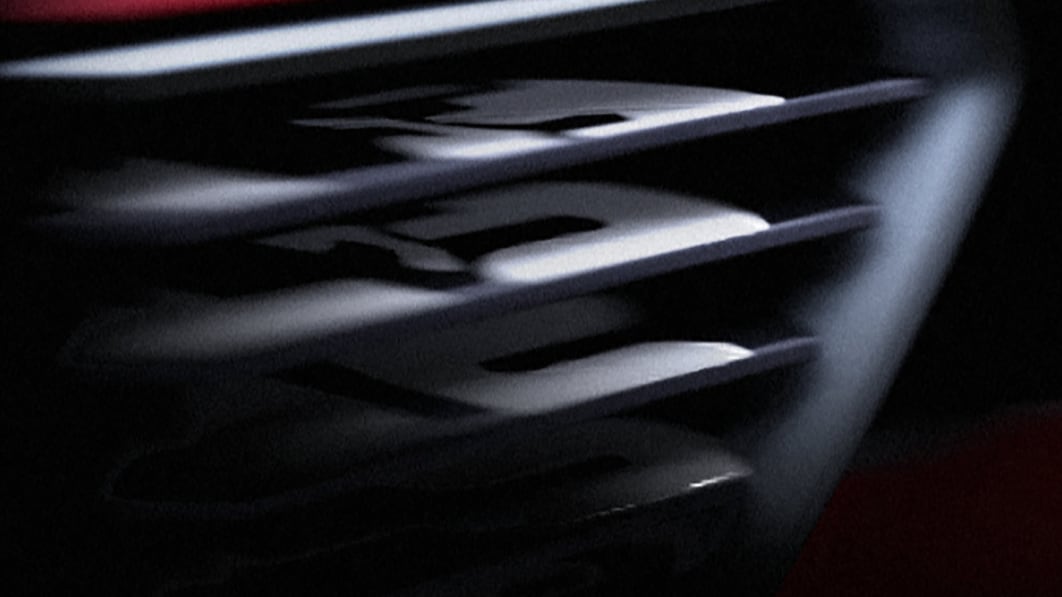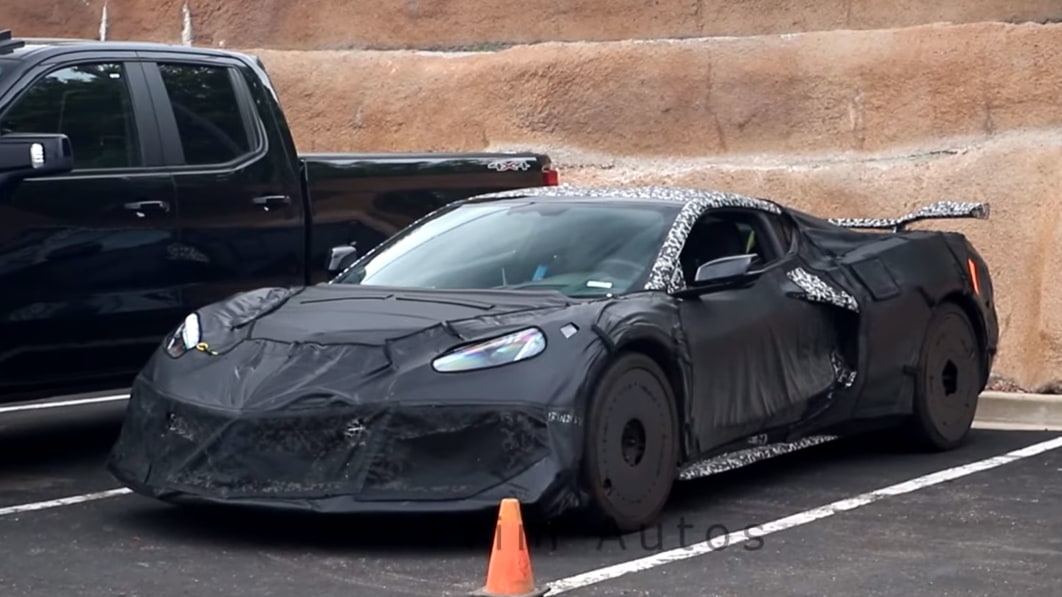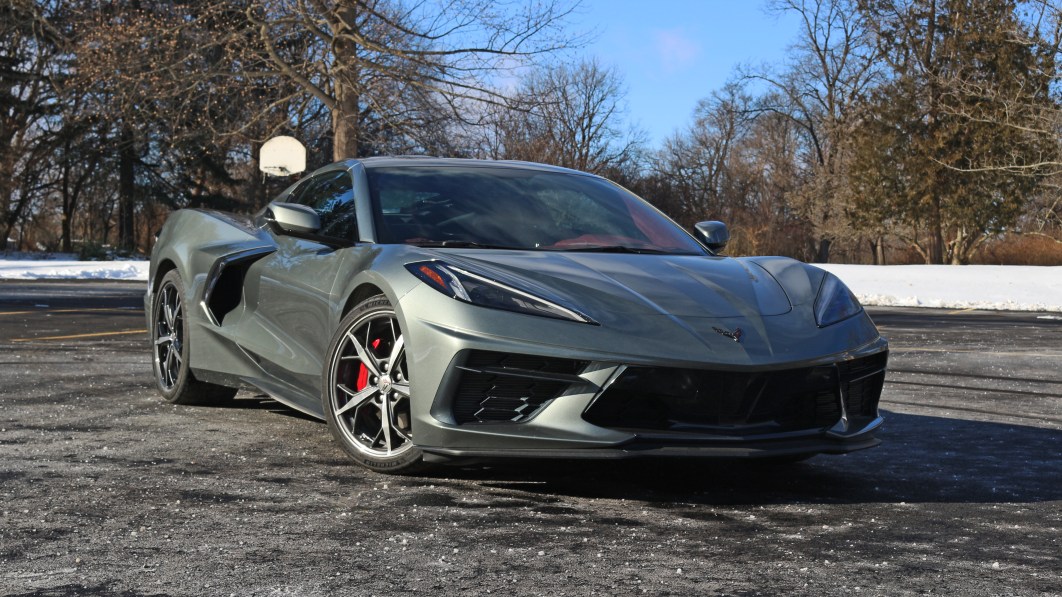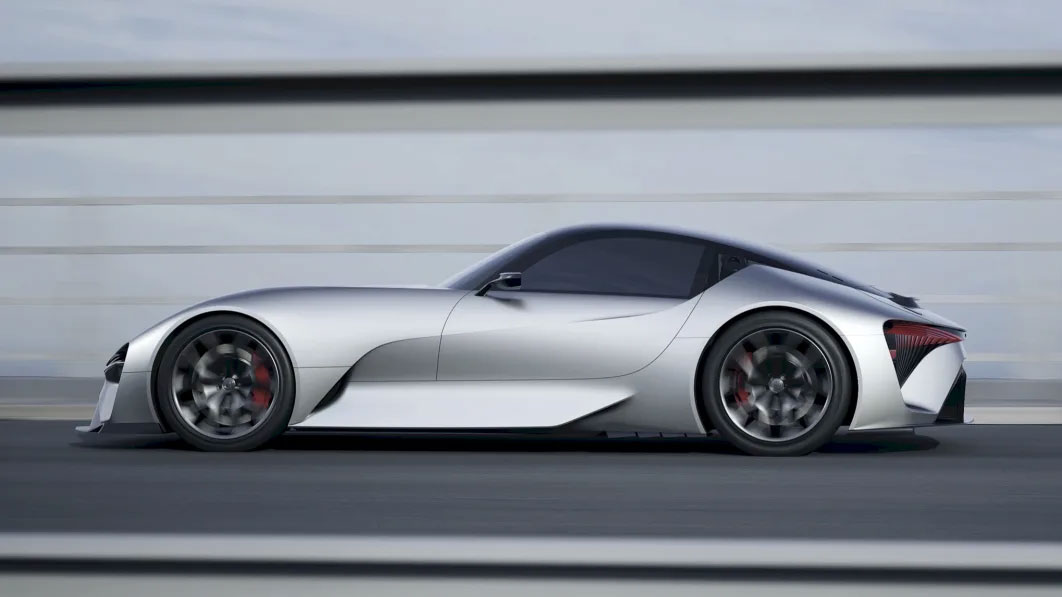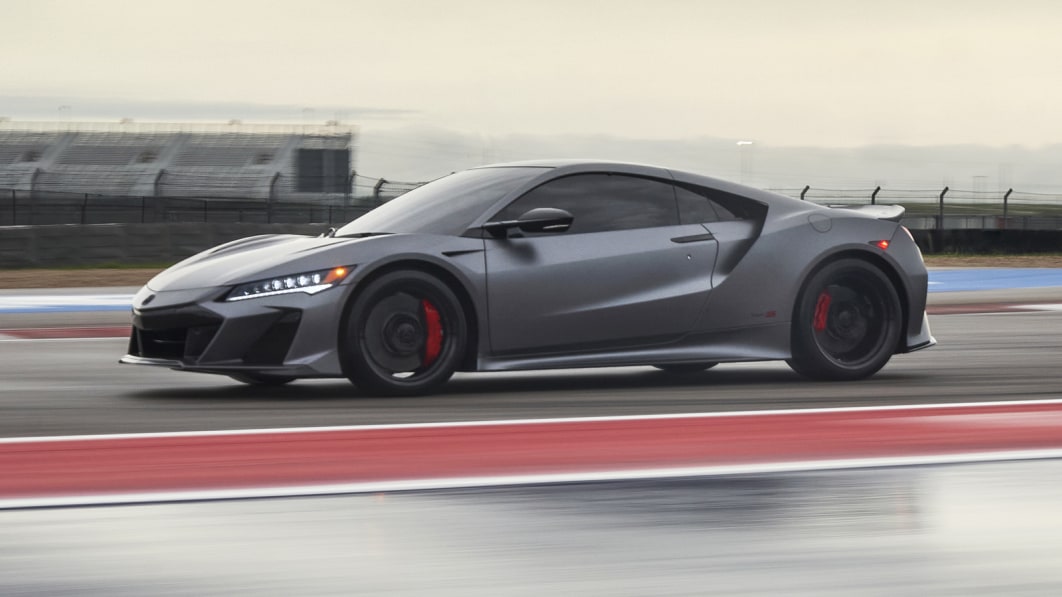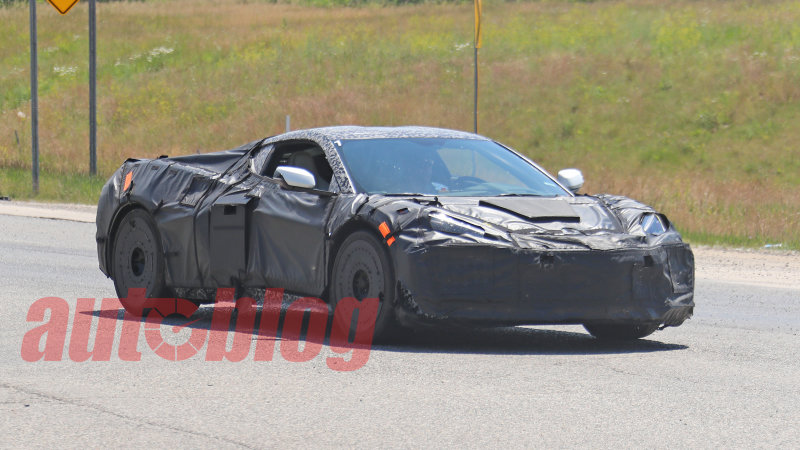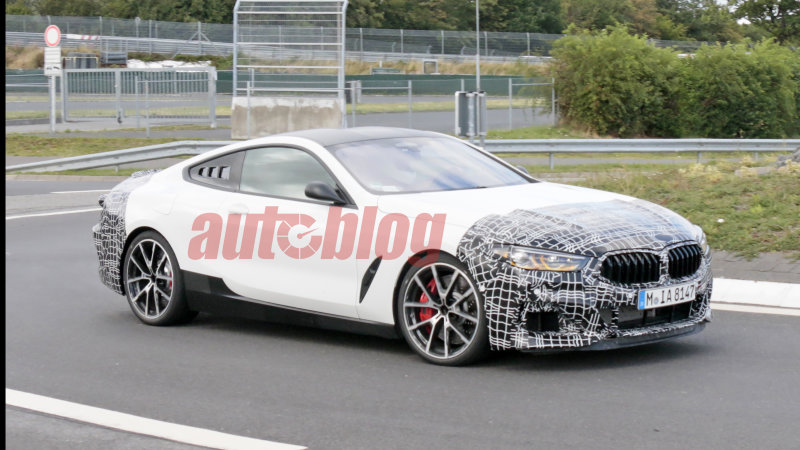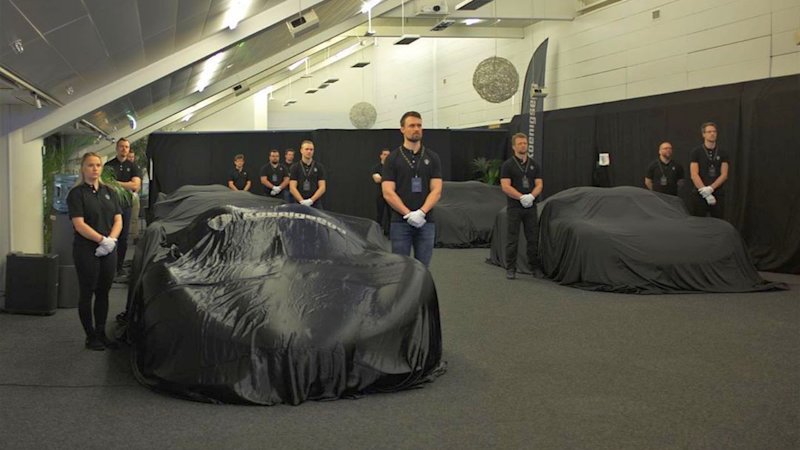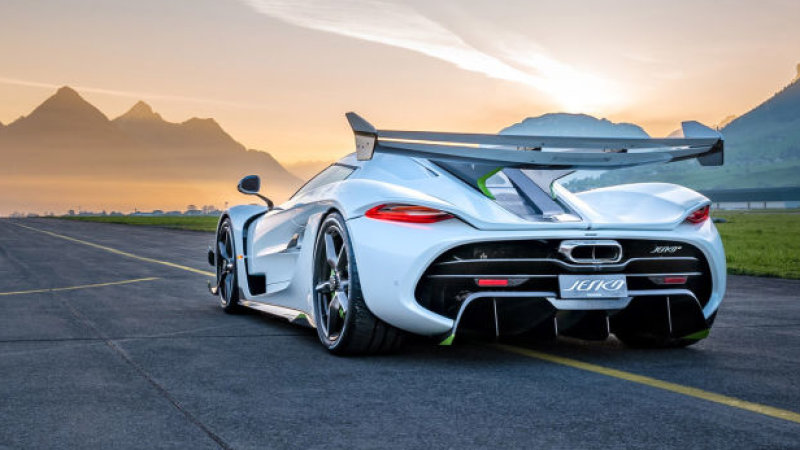We don’t remember a vehicle whose development was leaked and tracked almost exclusively by that vehicle’s engine, other than the Chevrolet Corvette. First came decades of predictions as to when GM’s small block would move, like Malcolm, to the middle. Then came years of chatter about the Z06 engine: In 2019, Bozi Tatarevic outed the 5.5-liter DOHC V8 designed for the C8.R race car as the 2023 Z06’s powerplant. The same year, the same Tatarevic parsed internal GM docs that hinted at two hybrid Corvettes, “both a hybrid ZR1 and a hybrid base model.” The hybrid is now suspected to be the Zora, above the ZR1, the E-Ray isn’t exactly a base model, but you get the point. Two years before that, way back in 2017, a CAD drawing leaked that was reported to be the twin-turbo 5.5-liter LT7 V8 going into the ZR1. And now? Mid-engined Corvette Forum credits “little birdies” for screenshots of the latest GM parts catalog selling turbo components for a turbocharged 5.5-liter LT7 V8.
Among the trove were listings for a baffle bolt duct resonator retainer, an air inlet adapter, and ducting to the turbo inlet. A dialog box on an initial screenshot gave a partial description of the motor as, “LT7 – Engine Gas, 8 CYL, 5.5L, DI, VVT, AFM, SC Turbo, DOHC,” before being cut off. The direct injection, variable valve timing, turbocharging, and double overhead cams line up with what we’d expect from a boosted Z06 engine. The “SC” in the turbo description is for supercharging, but a member of the Corvette Forum explained “for whatever reason, in the Parts Catalog and ECM Calibrations GM doesn’t distinguish between ‘Forced Induction‘ Turbocharger or Super Charger….they refer simply to SC/Turbo.”
The “birdie” at the center of this later clarified that AFM, which is GM’s Active Fuel Management cylinder deactivation, was a mistake. The Z06 doesn’t use AFM, and lively debates on forums question whether GM would endure the expense and complexity of engineering an AFM solution. The Z06’s LT6 uses mechanical lifters, and flat-plane-crank (FPC) engines have vibrational issues that would be exacerbated by shutting down cylinders and the ZR1’s buyers won’t fret over fuel economy.
However, other lively debates wonder if GM is going back to cross-plane with the ZR1 motor because of the motor’s relatively large displacement and to address issues around rotating mass when near the Z06’s redline of 8,500 rpm. This seems highly unlikely to us. The FPC TT V8 engines in cars like the AMG Black Series, Ferrari 488, and McLaren Senna either have smaller displacements and/or redlines below 8,500 rpm. Two further exhibits in favor of going to a lower redline (or other changes) instead of changing crank design are the Ferrari 458 Italia and the Koenigsegg Jesko. The Ferrari 458‘s naturally aspirated 4.5-liter V8 spun to a 9,000 rpm redline, the terminal limit lowered to 8,000 in the 488’s 3.9-liter. The Jesko is powered in part by a twin-turbocharged 5.0-liter V8 with a flat-plane crank and an 8,500-rpm redline. The engine alone makes 1,262 horsepower running 24.7 psi of boost, well above the ZR1’s rumored output targets of 850 horsepower and 825 pound-feet of torque. And have you seen the price of a Jesko? Another Mid-engined Corvette Forum member tried plotting output LT7 output curves, coming up with roughly 900 hp and 700 lb-ft at a 7,500-rpm redline.
The catalog vehicle code for the engine parts is repeatedly shown as YR, referring to a new model figured to be the ZR1. This follows the YC Stingray, YG E-Ray, and YH Z06. The catalog contains a new transmission code as well, an eight-speed dual-clutch dubbed M1K, not the M1M code that applies to the Z06 transmission, M1L of the Stingray, or MLH of the E-Ray.
Whatever comes, it’s possible buyers will be able to lend a hand building their cars. The parts catalog mentions a “Customer Engine Build Program” at GM’s Performance Build Center. This was planned for the Z06 as well, then canceled after being deemed too difficult to implement.
The next royal birth in the Corvette range recently finished two weeks of testing at the Nurburgring, leaving the German hills without setting a timed hot lap. We expect it will debut next year as a 2025, but recent events in and out of the auto industry could push the launch back some. Eager buyers suspect a starting MSRP somewhere in the $130,000s or $140,000s.
Related Video



